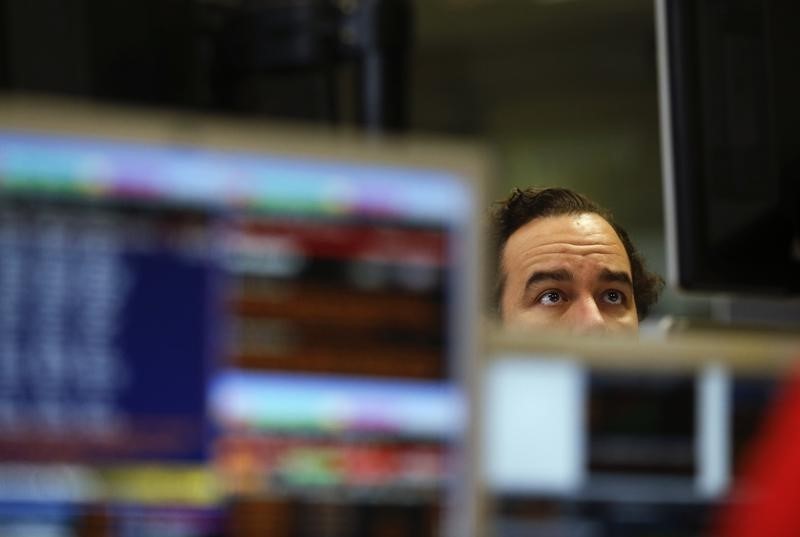© Reuters.
The Bank of Baroda has reported moderate growth in credit for September 2023, according to its economists. The growth moderated to 15.3%, down from 16.4% the previous year, excluding the influence of the HDFC merger. The slowdown was primarily attributed to a lower credit uptake in industrial sectors such as petroleum/coal, chemicals, and infrastructure.
Despite the overall slowdown, certain sectors demonstrated resilience and even substantial growth. For instance, agriculture and service sectors showed improved performance with significant contributions from commercial real estate and transport operators. Notably, the aviation sector rebounded from a 22.2% decline last year to a remarkable 69.4% growth this year.
The TransUnion (NYSE:) CIBIL report further supported these findings by indicating steady personal loan segment growth with improved delinquency rates as of June 2023. Out of the 19 industrial sub-sectors tracked, nine experienced a slowdown in credit growth while twelve reported above-average growth of 6.5%. Among these, the beverages & tobacco and gems & jewelry sectors stood out.
In the services sector, most sub-sectors reported improvements except for computer software services. In addition to aviation’s substantial growth, other service sub-sectors that reported significant credit growth included professional services (22.2%), transport operators (21.6%), and tourism/hotels (11.1%).
The mining sector reportedly witnessed less than average credit growth during this period, while the basic metals sector showed signs of improvement. This data provides a mixed picture of India’s economic landscape, with some sectors experiencing slowdowns while others are on an upward trajectory.
InvestingPro Insights
In light of the recent credit growth report from Bank of Baroda, it’s valuable to consider some insights from InvestingPro. The bank has been experiencing accelerated revenue growth and increasing earnings per share, a trend that aligns with their moderate growth in credit (InvestingPro Tips 0 and 1). However, the bank has been quickly burning through cash, which may be a contributing factor to the observed slowdown in certain industrial sectors (InvestingPro Tip 4).
In terms of real-time data, Bank of Baroda has a market cap of 910.36M USD and trades at a low earnings multiple with a P/E ratio of 245.9 (InvestingPro Data). This could be an indication of the bank’s resilience amidst the varying economic landscape. The bank’s operating income margin as of Q3 2023 stands at 26.94%, reflecting its profitability despite the sectoral challenges.
To gain a more comprehensive understanding of Bank of Baroda’s financial position and potential investment opportunities, you may find additional InvestingPro Tips beneficial. Currently, there are eight more tips available on the InvestingPro platform that could provide further insights into the bank’s operations and financial health.
This article was generated with the support of AI and reviewed by an editor. For more information see our T&C.
Read the full article here
